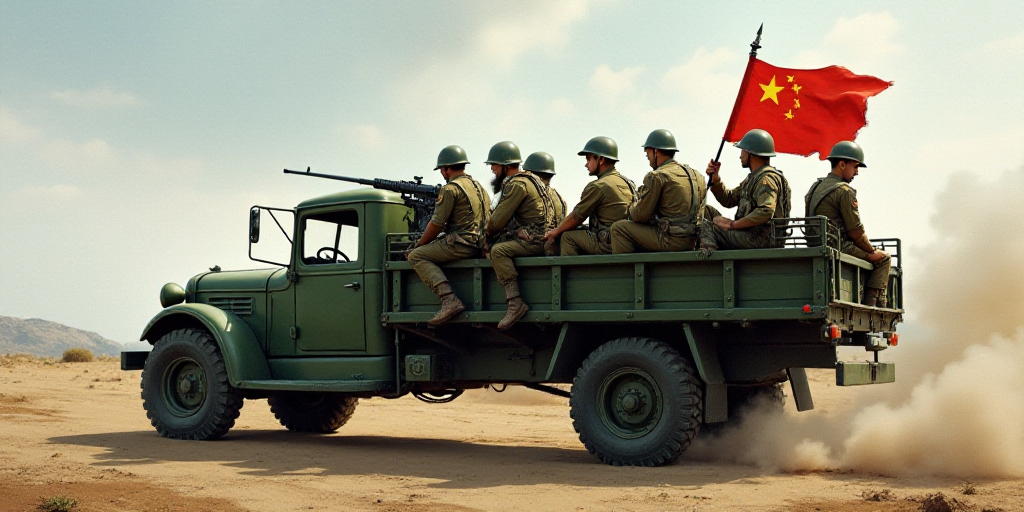Background and Context
Cambodia and Thailand have been embroiled in a longstanding territorial dispute that escalated into armed clashes on Thursday. The conflict, which has historical roots dating back decades, involves both nations deploying military assets such as fighter jets, artillery, tanks, and infantry along their 800-kilometer shared border. This region is a popular tourist destination, attracting millions of foreign visitors annually.
UN Security Council Intervention
At the request of Cambodian Prime Minister Hun Manet, the United Nations Security Council convened an urgent meeting on Friday to address the crisis. Cambodia’s envoy to the UN, Chhea Keo, stated that his country seeks an “immediate, unconditional ceasefire” and calls for a peaceful resolution to the dispute.
The Security Council urged both parties to exercise maximum restraint and seek a diplomatic solution. Chhea Keo emphasized that Cambodia concurs with this recommendation.
Impact of the Clashes
- Cambodian Side: Artillery fire could be heard from the Cambodian side of the border, resulting in the death of a 70-year-old civilian and injuries to five others in Oddar Meanchey province.
- Thai Side: Over 138,000 civilians from four border provinces, including 428 hospital patients, were evacuated to temporary shelters. The Thai Ministry of Health reported 15 fatalities (14 civilians and one soldier) and 46 injuries (including 15 soldiers).
Thailand’s Stance and Readiness for Dialogue
Thailand’s interim Prime Minister, Phumtham Wechayachai, warned that if the situation worsens, it could lead to full-blown war. The Thai military reported that the clashes resumed around 4:00 AM local time on Friday, with Cambodian forces using heavy weaponry, artillery fire, and BM-21 rocket systems. Thailand responded with “appropriate supporting fire.”
Nikorndej Balankura, spokesperson for Thailand’s Ministry of Foreign Affairs, stated that the clashes had begun to subside by Friday afternoon and that Thailand is ready for dialogue. They are open to resolving the issue through bilateral diplomatic channels or with Malaysia’s assistance, which currently holds ASEAN’s rotating presidency.
Historical Context and Previous Incidents
The recent clashes focused on six specific areas along the disputed frontier. Between 2008 and 2011, similar incidents resulted in 28 deaths and displaced tens of thousands. A UN International Court of Justice ruling resolved the conflict for a decade, but tensions resurfaced in May following another confrontation that left a Cambodian soldier dead.
The United States, France (Cambodia’s former colonial power), the European Union, and China have all expressed deep concern over the clashes and called for dialogue.
Chinese Foreign Minister Wang Yi emphasized that the issue’s origins lie in the legacy of Western colonization and must be addressed calmly and appropriately.
Key Questions and Answers
- What is the nature of the conflict between Cambodia and Thailand? The dispute stems from a longstanding territorial disagreement between the two nations, which escalated into armed clashes involving military assets such as fighter jets, artillery, tanks, and infantry.
- What actions have been taken by the international community? The UN Security Council convened an urgent meeting at Cambodia’s request. Various countries and international organizations, including the US, France, the EU, China, and the UN itself, have called for an immediate ceasefire and resolution through dialogue.
- What is Thailand’s stance on resolving the conflict? Thailand is ready for dialogue and has expressed willingness to resolve the issue through bilateral diplomatic channels or with Malaysia’s assistance, which currently holds ASEAN’s rotating presidency.
- What have been the consequences of the clashes? The conflict has resulted in civilian casualties and injuries on both sides, with over 138,000 Thai civilians evacuated to temporary shelters. The Thai Ministry of Health reported 15 fatalities and 46 injuries.






